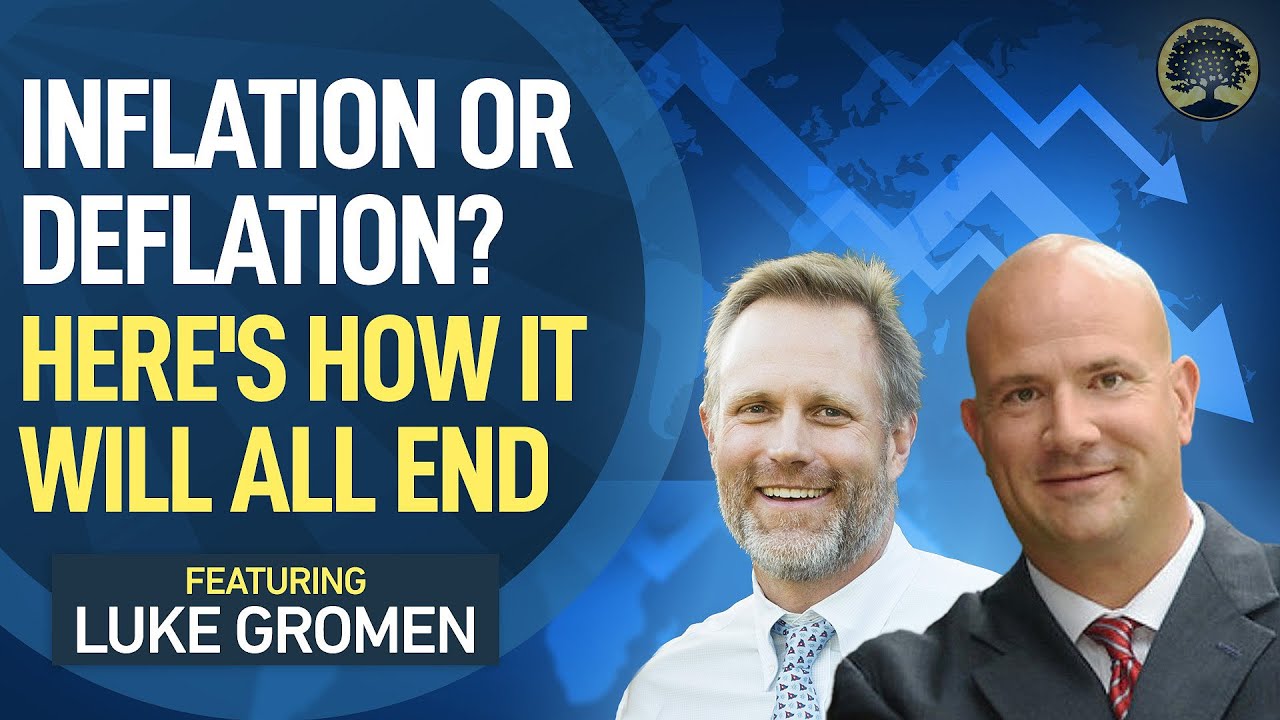Highly-respected market researcher Luke Gromen concludes that we’re living in a unique period of history given that we currently facing three massive threats:
- the first bursting global sovereign debt bubble in over 100 years
- the first time in 50+ years that foreign central banks are no longer financing the US economy (i.e., they have stopped growing their holdings of US Treasurys)
- the US' long-standing "petrodollar" advantage is eroding as other countries increasingly strike deals to trade key commodities in non-USD currencies
Will increasing weakness cause defaults on the debts that can’t be serviced? (“deflation”) Or will the central planners “do whatever it takes” to keep the economy alive, printing ever-more currency to nominally meet debt payments and support asset prices? (“inflation”)
Like other recent guest experts like Grant Williams, Jesse Felder, and Jim Bianco, Luke calculates inflation appears bar far to be the likelier outcome. Though he presents his own unique and compelling rationale for why.
That said, he remains very wary of today’s drastically deformed market (over)valuations, and doesn’t discount that one or a series of major downward market corrections – like the 65-85% correction predicted later this summer by recent guest expert David Hunter – may happen along the longer path of rising inflation.
Which is why Luke agrees that now, more than ever, is the time to partner with a financial advisor who understands the nature of the risks and opportunities in play, can craft an appropriate portfolio strategy for you given your needs, and apply sound risk management protection where appropriate:
Anyone interested in scheduling a free consultation and portfolio review with Mike Preston and John Llodra and their team at New Harbor Financial can do so by clicking here.
And if you’re one of the many readers brand new to Peak Prosperity over the past few months, we strongly urge you get your financial situation in order in parallel with your ongoing physical resilience preparations.
We recommend you do so in partnership with a professional financial advisor who understands the macro risks to the market that we discuss on this website. If you’ve already got one, great.
But if not, consider talking to the team at New Harbor. We’ve set up this ‘free consultation’ relationship with them to help folks exactly like you.
Prefer to listen offline?:

